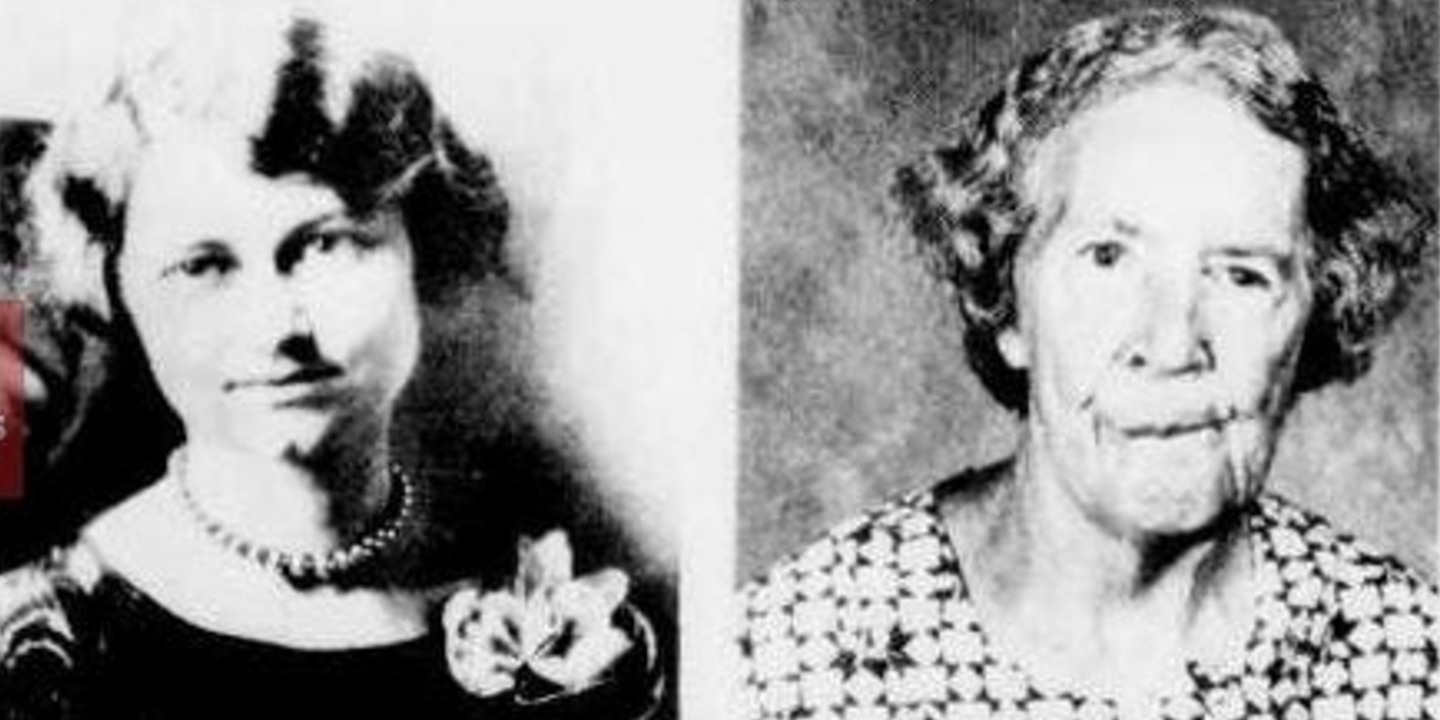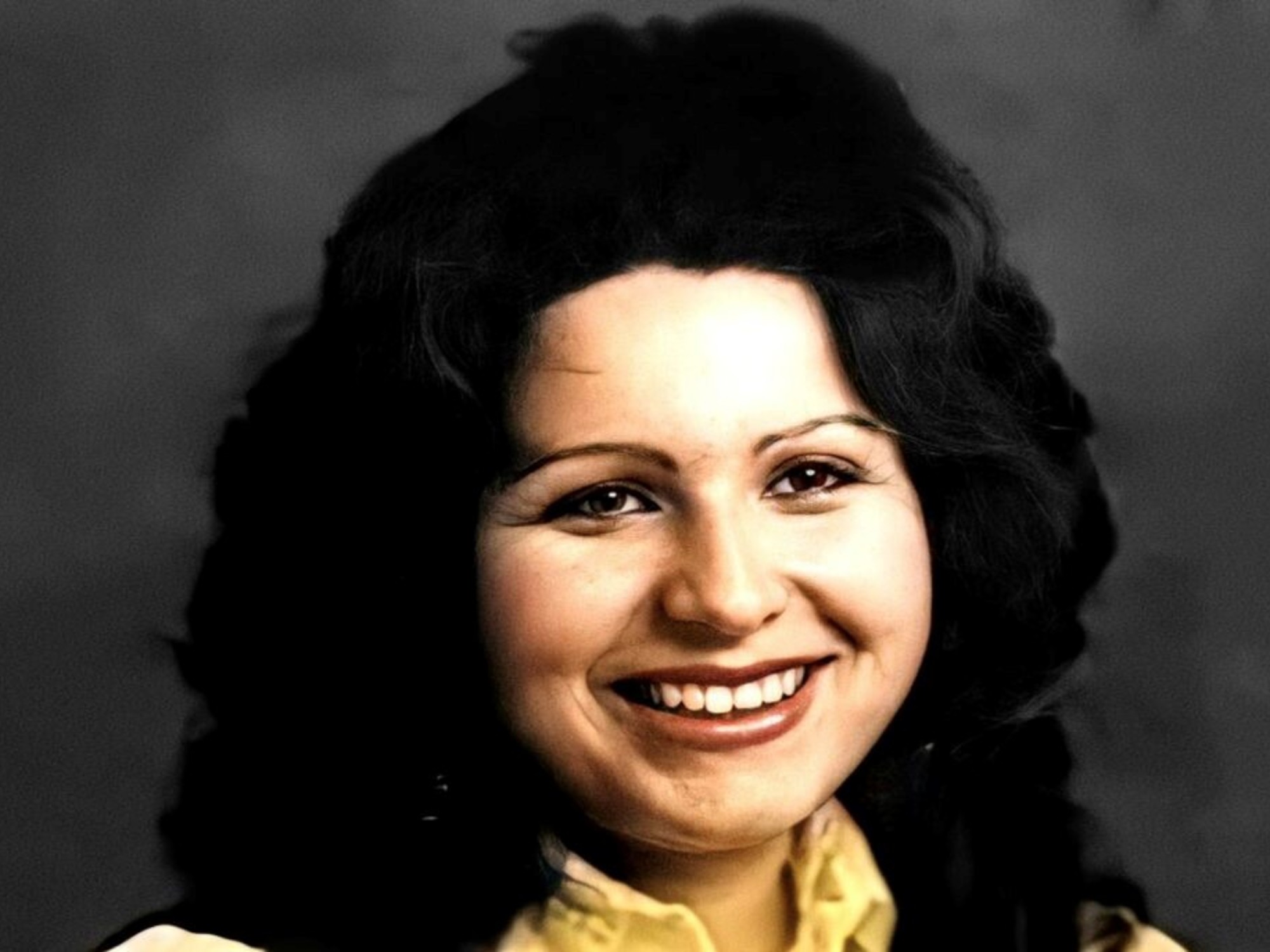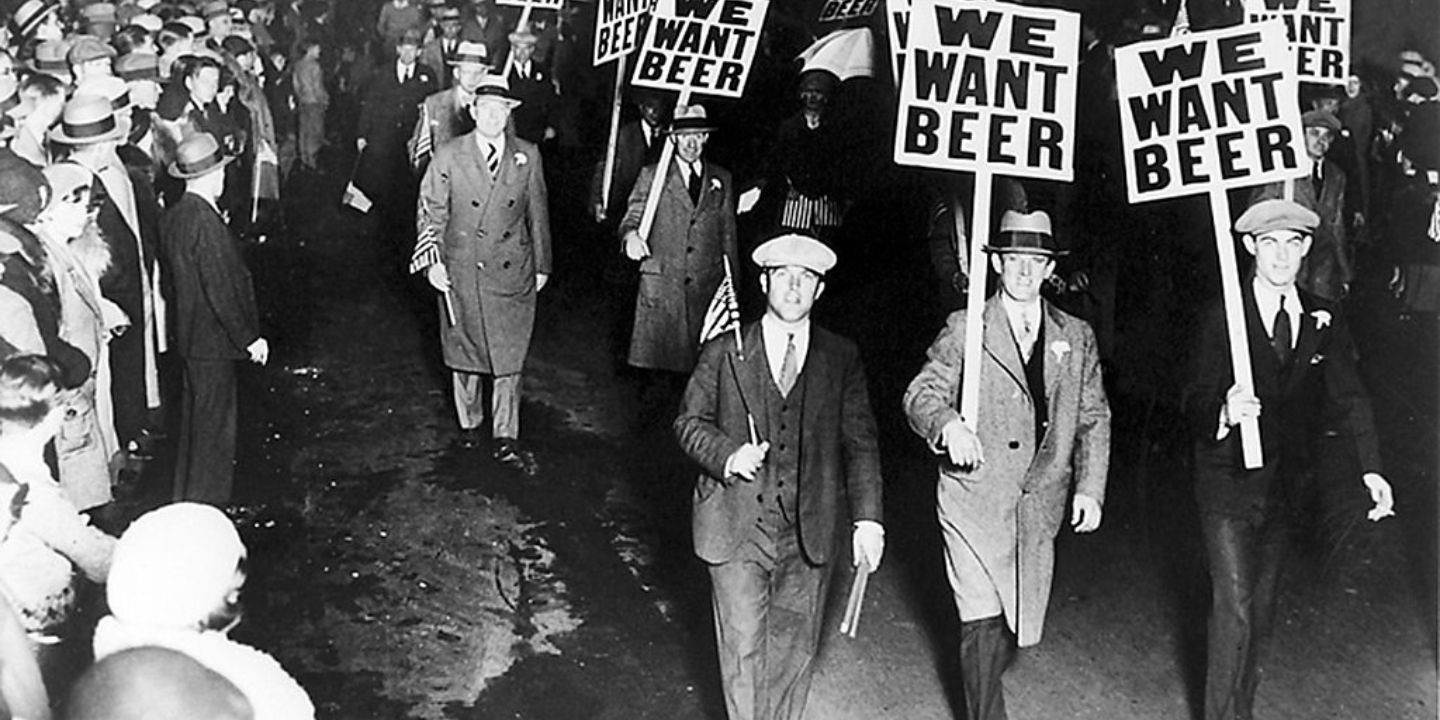Now That They Are Gone
You know that actions speak louder than words, right? Politically, it plays out in blood and broken borders. Some leaders lied their way to power, then crushed opposition, free speech, and even hope. But tyrants never last forever. Once toppled, their empires crack wide open. New flags rise. Entire nations shift course. What happened next was new, some good, some bad. Let’s walk through what came after the collapse.
 Hamza Turkia, © European Union, 2010 on Wikimedia
Hamza Turkia, © European Union, 2010 on Wikimedia
1. Adolf Hitler
You’re looking at the moment history cracked open. When Hitler took his life in 1945 suicide, it ended Nazi Germany’s grip and ushered in something no one predicted—division. Germany fractured into East and West. Cold War giants, the U.S. and USSR, made Berlin their ideological battlefield.
2. Benito Mussolini
Picture the end of a totalitarian stage play—Mussolini, captured and executed by partisans, was the final act. 1945 brought more than his death. Italy’s monarchy collapsed. A new democratic republic took the spotlight. His lifeless body? Hung in Milan for all to see, a warning carved in flesh.
3. Joseph Stalin
Thirty years of clenched fists relaxed when Stalin died in 1953. The people didn’t just lose a tyrant; they saw the Iron Curtain loosen. De-Stalinization cracked open space for autonomy. By 1991, the USSR splintered. Over a million mourned, but the grip? It slipped forever.
 U.S. Signal Corps photo.Uploaded and graphically created by Smiroje. on Wikimedia
U.S. Signal Corps photo.Uploaded and graphically created by Smiroje. on Wikimedia
4. Francisco Franco
Spain held its breath in 1975. Franco’s departure ended a nearly 40-year dictatorship. A constitutional monarchy was restored, but this time, democracy steered the wheel. King Juan Carlos took the reins, and Spain didn’t look back. Membership in the European Union soon followed. Progress had arrived.
 ad Alerta digital on Wikimedia
ad Alerta digital on Wikimedia
5. Mobutu Sese Seko
Mobutu didn’t just fall—he crashed. The man who flew Concordes for shopping sprees fled in 1997, overthrown by Laurent-Désiré Kabila. Zaire was rebranded the Democratic Republic of the Congo, and this switch was more than rebranding—it was rebirth after decades of corruption, extravagance, and fear.
 Mieremet, Rob / Anefo on Wikimedia
Mieremet, Rob / Anefo on Wikimedia
6. Muammar Gaddafi
He ruled like a showman and died on camera. Gaddafi’s downfall shattered Libya’s fragile center. With no strong replacement, rival factions battled for power. What followed was chaos—civil war, splintered governments, and a desert kingdom unraveling into modern dysfunction.
 Ricardo Stuckert/PR on Wikimedia
Ricardo Stuckert/PR on Wikimedia
7. Slobodan Milošević
Milošević fueled wars that tore Yugoslavia limb from limb. His capture in 2001 marked justice in motion, but he died before a verdict. Once he was gone, even Serbia and Montenegro split. The courtroom didn’t just judge him; it helped bury his crumbling state.
 https://www.flickr.com/people/icty/ on Wikimedia
https://www.flickr.com/people/icty/ on Wikimedia
8. Nicolae Ceaușescu
This Romanian tyrant fell like a concrete statue—abrupt, and it was all televised. Shot by firing force on Christmas Day 1989, he left behind one of the world’s largest palaces and a suffocating legacy. What replaced him? Free elections and a Romania ready to walk toward Europe.
9. Saddam Hussein
Found underground, disheveled and alone, Saddam Hussein’s end was the start of something volatile. The dictatorship fell fast—but what came after? Power vacuums. New constitutions. Sectarian chaos. His reign ended with a noose; the new Iraq would spend years untangling what he'd left behind.
 The original uploader was 172 at English Wikipedia. on Wikimedia
The original uploader was 172 at English Wikipedia. on Wikimedia
10. Charles Taylor
His legacy burned with the civil wars he stoked after his 2003 resignation, and it opened the door Liberia had sealed shut—democracy. After his war crimes conviction, the nation elected Africa’s first female president. One tyrant’s exit allowed a battered country to breathe again.
 Lëa-Kim Châteauneuf on Wikimedia
Lëa-Kim Châteauneuf on Wikimedia
11. Ferdinand Marcos
Marcos fled to Hawaii in 1986 in style, but his regime fell hard. Twenty years of martial rule and greed crumbled when millions took to the streets. The Philippines chose democracy, and Corazon Aquino stepped in to lead the country.
 Philippine Presidential Museum and Library on Wikimedia
Philippine Presidential Museum and Library on Wikimedia
12. Idi Amin
This Ugandan dictator fled under fire, leaving a trail of terror behind him. Tanzanian troops didn’t just force him out—they helped end one of Africa’s darkest chapters. Uganda began rebuilding after he left. Years of democratic reform followed. Amin died quietly in exile—his silence a contrast to his cruelty.
13. Enver Hoxha
Imagine banning typewriters—and then dying with your country sealed shut. Hoxha did just that. His 1985 death cracked Albania’s shell. The 1990s brought democracy and connection. Isolation gave way to outreach, opening a nation once frozen in time to the rest of the world.
 Forrásjelölés Hasonló on Wikimedia
Forrásjelölés Hasonló on Wikimedia
14. Jean-Claude Duvalier
Duvalier’s departure wasn’t just exile but a collective exhale. “Baby Doc’s” family’s 29-year hold on Haiti snapped in 1986. That break made room for the country’s first free elections. Years later, he returned, but his presence brought only corruption charges, not redemption.
 Marcello Casal Jr/ABr on Wikimedia
Marcello Casal Jr/ABr on Wikimedia
15. Mengistu Haile Mariam
This Ethiopian tyrant ran, but couldn’t erase what came after. Ethiopia, long brutalized by its Derg regime, found new footing. Federalism took root with political parties reemerging. His absence didn’t spare him justice because he was still convicted of genocide, even in exile.
 Unknown authorUnknown author on Wikimedia
Unknown authorUnknown author on Wikimedia
16. Hosni Mubarak
Crowds surged in Tahrir Square, and Mubarak stepped down. Egypt’s 2011 pivot was loud, chaotic, and uncertain. Three decades of autocracy ended. Elections followed, and then the military reset. Mubarak’s final days? Quiet, under house arrest. The nation he once gripped had moved on without him.
17. Zine El Abidine Ben Ali
Yet another runner, Ben Ali, ran, but his impact exploded. Tunisia’s protests lit a match that spread across the Arab world. His fall even unseated more than one man. It sparked revolutions and reform. Tunisia found democracy. Others? Unrest, rebuilding, or relapse. Either way, his exit shook the region.
 R. D. Ward (original uploader was Profburp at fr.wikipedia) on Wikimedia
R. D. Ward (original uploader was Profburp at fr.wikipedia) on Wikimedia
18. Marshal Tito
Tito’s death was a political earthquake. He’d held Yugoslavia’s mix of ethnicities together with an iron will and Cold War neutrality. After 1980, the glue loosened fast. Over the next decade, seven nations emerged. His funeral drew millions—his unity, though, didn’t outlive him.
 Photo Division, Ministry of Information & Broadcasting, Government of India on Wikimedia
Photo Division, Ministry of Information & Broadcasting, Government of India on Wikimedia
19. Rafael Trujillo
This man ran the Dominican Republic like a personal kingdom for over three decades. Even the capital bore his name. But bullets ended his reign in 1961, with the U.S. involvement lingering in whispers. After him, democracy returned, and Santo Domingo reclaimed its rightful name.
 Local press photograph. 1922. Copyright expired. on Wikimedia
Local press photograph. 1922. Copyright expired. on Wikimedia
20. Yahya Jammeh
Jammeh ruled by mysticism and fear, until ballots beat him. Refusing to leave, he was forced into exile by regional ECOWAS forces. What followed was Gambia’s reentry into global diplomacy and cooperation. His bizarre claims, like a herbal cure for AIDS, faded fast. Sanity and sovereignty returned.
 Photo courtesy IISD/Earth Negotiations Bulletin on Wikimedia
Photo courtesy IISD/Earth Negotiations Bulletin on Wikimedia
KEEP ON READING

The 10 Youngest Monarchs In History & The 10 Oldest
Age Is Just A Number. Imagine being crowned king or…
By Chase Wexler Mar 11, 2025
Written By The Victors: 20 Names History Books Tried To…
History’s Forgotten Figures. It is said that history is written…
By Farva Ivkovic Jun 23, 2025
Writing On The Wall: 20 Fascinating Hieroglyphics Throughout History
A Language Carved To Last. Hieroglyphics are unique, ancient writings.…
By Chase Wexler May 29, 2025
The Woman Without A Name
Mary Doefour was the woman without a name. In 1978,…
By Robbie Woods Dec 3, 2024
The Woman With Toxic Blood
One night in 1994, Gloria Ramirez reported to the ER.…
By Robbie Woods Jan 6, 2025
Why The Roaring 20s Was A Great Era In History
The Flappers Danced For Rights. The Roaring 20s was a…
By Megan Wickens Oct 25, 2024





